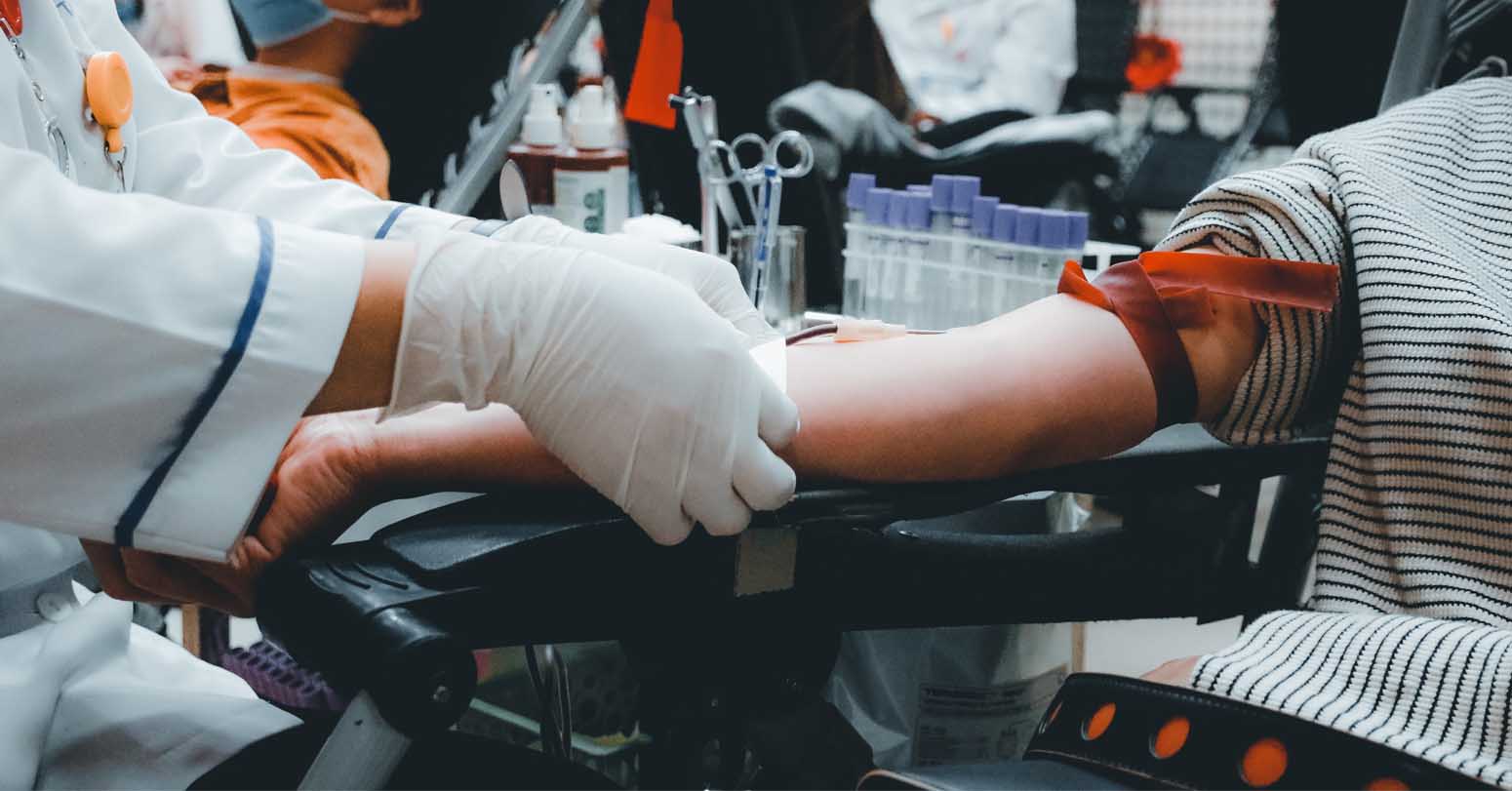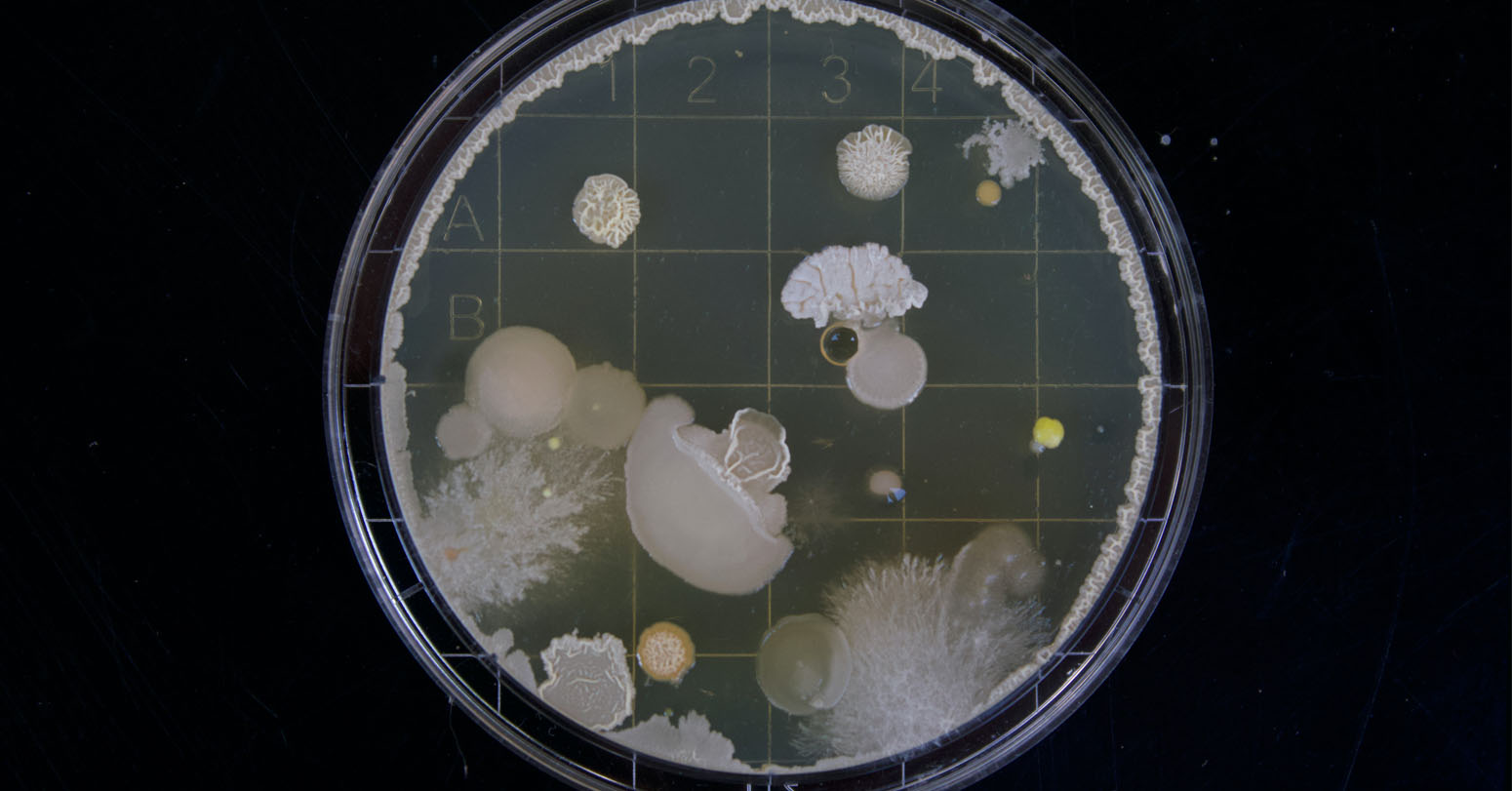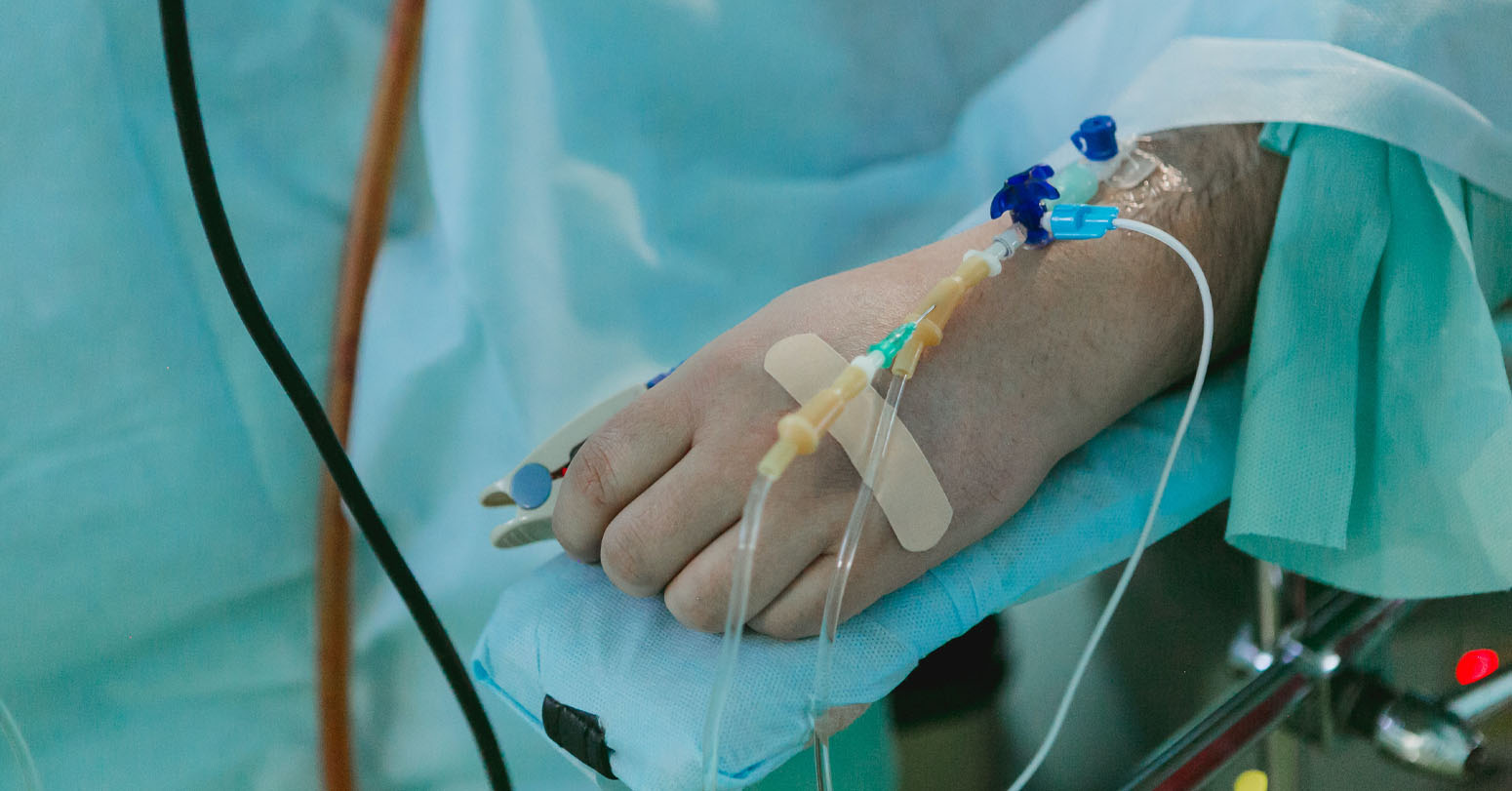
Thalassemia is an inherited disease that is relatively common in people of Mediterranean, South Asian, Southeast Asian, and Middle Eastern ancestry.
In Nepal, 225 thalassemia patients (majority-thalassemia major) have been registered with the Nepal Thalassemia Society, and 51 more have made contact, but more are predicted to go unreported, and many may die undiagnosed, untreated, or poorly treated. According to Nepal Thalassemia Society data, the majority of patients come from the Terai area and the Tharu community. In addition to these populations, it is also observed in Nepal's Brahman/Chettri, Newar, Rai, Tamang, and other ethnic groups.
What is Thalassemia?
Thalassemia is a hereditary blood illness that occurs when the body does not produce enough hemoglobin, an essential component of red blood cells. Hemoglobin is a protein that transports oxygen throughout the body. The mutations of genes that cause thalassemia are passed down from parents to offspring.
At birth, affected babies are healthy. Anemia commonly appears within the first few months of infancy and worsens over time. Infants that fail to thrive may experience feeding difficulties, fever, diarrhea, and other gastrointestinal issues.
Thalassemia causes anemia and iron accumulation, which harms the heart, liver, lungs, and endocrine organs. People with thalassemia are also said to be “immunocompromised,” which means that some of the body’s defenses against infection aren’t working. When you are immunocompromised, it is easier for you to get infections.
Because thalassemia causes the body to produce fewer red blood cells, patients may have signs of anemia, or low blood count which may also lead to:
• Dizziness
• Shortness of breath
• A fast heart beat
• Headache
• Leg cramps
• Difficulty concentrating
• Pale skin
Furthermore, due to the congenital origin of the illness and its lifelong duration, the patient may face mental and social issues.
Diagnosis
If your doctor believes your kid has thalassemia, blood testing can confirm the diagnosis. Blood tests can identify the quantity of red blood cells in the body as well as any abnormalities in size, shape, or color. Blood testing can also be used to analyze DNA for altered genes.
People who have indications and symptoms of thalassemia major and family members of thalassemia patients are tested for thalassemia. Also any individuals with microcytic hypochromic anemia can be tested, once iron deficiency has been ruled out.
Is thalassaemia curable?
Thalassemia is a curable condition that can be managed well with blood transfusions and chelation therapy.
Iron chelation therapy is used to reduce iron overload development following its deposition in organs such as the liver and heart after regular transfusion.
A blood or bone marrow transplant, also known as a hematopoietic stem cell transplant, replaces malfunctioning blood-forming stem cells with healthy donor cells. Whereas stem cell or bone marrow transplants are the sole solution for thalassaemia, they are seldom used due to the high risks involved. Stem cells are produced in bone marrow, the spongy tissue found in the centre of some bones, and have the ability to develop into different types of blood cells.
Treatment
The sort of treatment a person receives is determined on the severity of their thalassemia. The more severe the thalassemia, the less hemoglobin the body contains, and the greater the risk of anemia. One method of treating anemia is to provide the body extra red blood cells to transport oxygen. Some patients with thalassemia require regular blood transfusions because their bodies produce extremely low hemoglobin.
Many times people with thalassemia are prescribed a supplemental B vitamin, known as folic acid, to help treat anemia. Folic acid can help red blood cells develop. Treatment with folic acid is usually done in addition to other therapies.
Management Of Thalassemia
A person with thalassemia will need to see a hematologist (a medical expert who treats illnesses or abnormalities of the blood) or a doctor who specializes in treating individuals with thalassemia regularly. If a doctor has recommended blood transfusions or chelation therapy, the most crucial thing a person with thalassemia can do is to stick to their transfusion and chelation schedules in order to avoid severe anemia and probable organ damage from iron overload.
A healthy lifestyle is important for everyone. For people living with thalassemia, it is especially important to know that a healthy lifestyle means “managing the disorder”, as well as keeping vaccinations up-to-date, eating nutritious meals, exercising, and developing positive relationships.


















Middle-aged man spends millions to
Dr. Dharam Raj Upadhyay: Man
Children, Greatest Victims Of Sudan’s
Breathing The Unbreathable Air
Comprehensive Data Protection Law Critically
Gender Differences In Mental Healthcare